A sightseeing tour of the city that has grown in symbiosis with its volcano, between monuments and legends
Born in the shadow of Etna, the largest active volcano on the Eurasian Plate, Catania is a city where natural beauty blends with artistic and cultural beauty in a unique way in the world.
Founded by the Greeks in 729 BC, the city seems to have developed in a symbiotic relationship with its volcano, with lava stone becoming a characterizing element for the construction of many buildings. Even the Catania seafront is characterized by black rocks. And if much of its remote past was destroyed in the earthquake of 1693, its reconstruction in the middle of the Baroque era has given Catania a new artistic wealth, including palaces and churches that constitute an exceptional architectural heritage, so much so that the historic center has been included among the UNESCO World Heritage Sites.
A bond, the one between Catania and Etna, that can be well understood by walking along Via Etnea, Catania’s shopping street, about 3 kilometers long and structured in such a way as to always have an excellent view of the volcano.
The street starts from Piazza del Duomo, where there is also the fountain with the obelisk of the elephant, “O Liotru”, symbol of Catania. The name seems to derive from Eliodoro, a nobleman who was also considered a magician and who rode the stone elephant. Around the fountain are the Palazzo degli elefanti, the seat of the Town Hall, Palazzo dei Chierici, the Porta Uzeda, the Amenano fountain, where the underground river of the same name is visible, and the Cathedral.
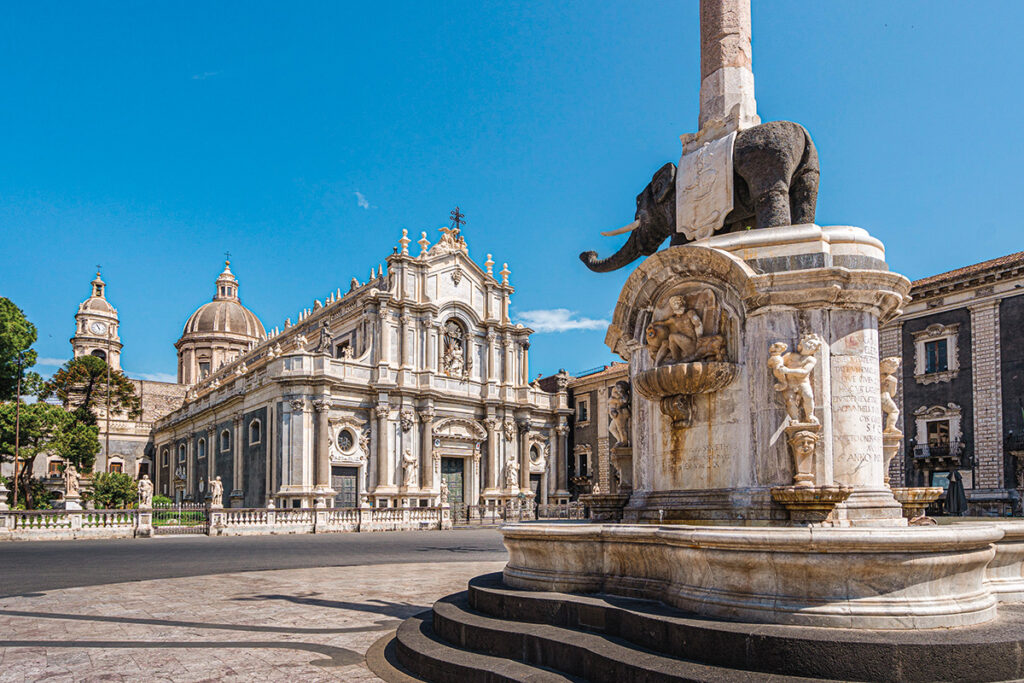
Built on the remains of ancient thermal baths, the Church of Sant’Agata is the majestic cathedral of the city. Over the centuries it has undergone many reconstructions and its current appearance is the work of the architect Giovan Battista Vaccarini as regards the façade, made of Carrara marble with columns that come from an ancient Roman theater in Catania. Inside there are the relics of Sant’Agata, patron saint of the city, as well as the tomb of the Catania musician Vincenzo Bellini, positioned in front of the altar.
The theater is dedicated to Vincenzo Bellini, whose ceiling is frescoed with images of his works: Norma, La sonnambula, I puritani and Il pirata. There are 105 elements in the orchestra, 84 in the choir.
Another street in the historic center not to be missed is Via dei Crociferi, where four churches are gathered in about 200 meters: the Church of San Benedetto with its characteristic staircase of the Angel, the Church of San Francesco Borgia, the Jesuit college and the Church of San Giuliano, all masterpieces of Baroque art.
Among the places of greatest interest, it is impossible not to mention the Monastero dei Benedettini, one of the largest monastic complexes in Europe, which today houses the Department of Human Sciences of the University of Catania. Inside there is a magnificent hanging garden and a Roman domus.
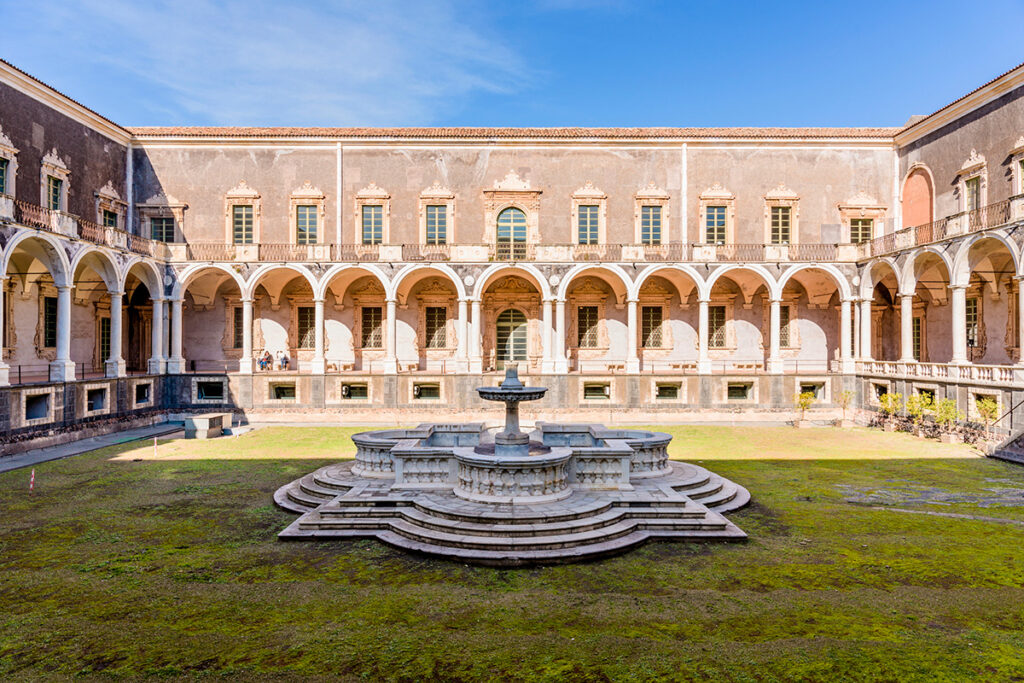
Among the civil architectures, the luxurious Palazzo Biscari amazes visitors with its frescoed ceilings, wall decorations and large ballroom: a place that symbolizes the wealth that once was and that saw, among its guests, even Goethe. Also important is the Castello Ursino,, of Norman origin, today home to the Civic Museum of Catania.
It is only partially visible, in Piazza Stesicoro, the ancient Roman amphitheater that the citizens call “Catania Vecchia”. Built between the first and second centuries AD in lava stone, this enormous black colosseum had a circumference of about 300 meters, which made it the second largest amphitheater in the world, second only to the Flavian Amphitheater, the Colosseum, in Rome. Its tunnels today are almost entirely underground.
As in many Sicilian cities, Catania also hosts several markets, among which, the most important, is that of the Pescheria, which takes place behind Piazza del Duomo: it is a fish market that will captivate you with its colors and sounds. In addition, in the same square, on Sundays the Flea Market takes place, where you can find second-hand items at a good price.
There is no shortage of good food, including fish and horse meat, which can also be eaten in the sandwich shops located on the splendid city waterfront. The almond sweets are a must, and have an exceptional flavor here.
And between a tour of the center and a dip in the sea, with your gaze turned towards Etna, while savoring an almond sweet, you will discover how Catania has managed to enchant you.
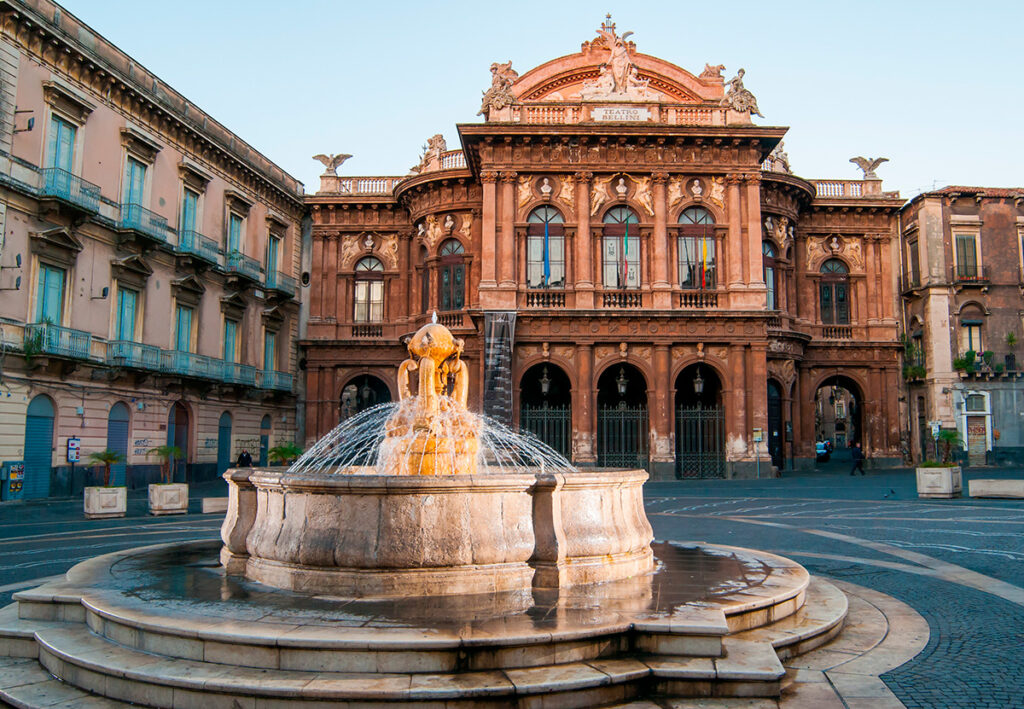


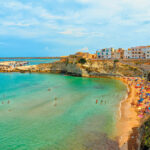
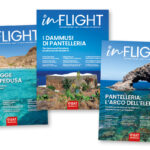
Comments are closed.